As dairy plants are sold as scrap, old-timers urge government to preserve some equipment in memory of iconic state undertaking
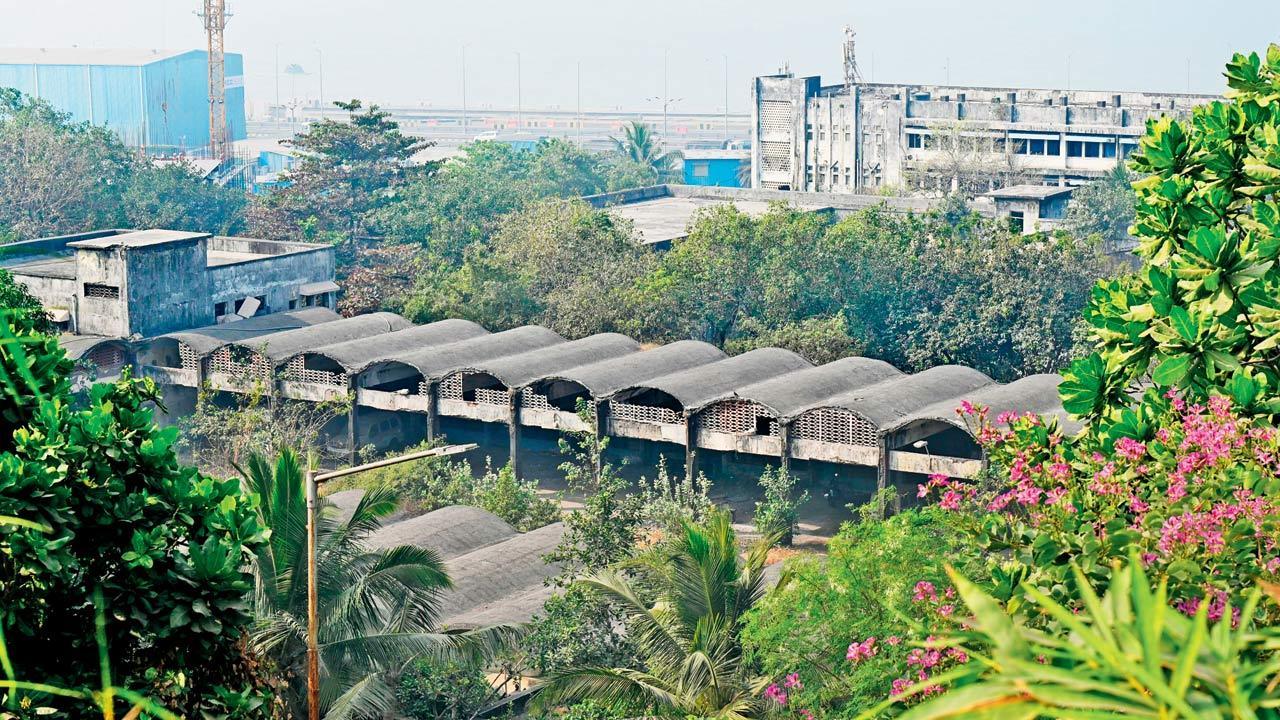
Aarey’s Worli dairy land. Pic/Satej Shinde
With the state government issuing a tender for the sale of the unused machinery lying in Aarey dairy, the last vestiges of yet another iconic Mumbai institution are on the verge of vanishing. In its heyday, the dairy’s units in Goregaon, Kurla and Worli supplied 11 lakh litres of milk daily.
Surprisingly, there is no mention in the government tender documents of preserving milk pasteurisation or cream separator machines or even the popular Energee machine for remembrence.
 Worli dairy land at Khan Abdul Gaffar Khan Marg on January 16. Pics/Satej Shinde
Worli dairy land at Khan Abdul Gaffar Khan Marg on January 16. Pics/Satej Shinde
Some of Aarey dairy’s machines were imported from the Netherlands and Switzerland. The Kurla unit, known as Mother Dairy, was set up in 1970 using funds from UNICEF.
mid-day spoke to many individuals who were associated with the state-run Aarey, including Roger C B Pereira, 85, the man responsible for coining ‘Energee’ in 1981. All appealed that the state government preserve iconic machine or spare parts in memoriam of the dairy.
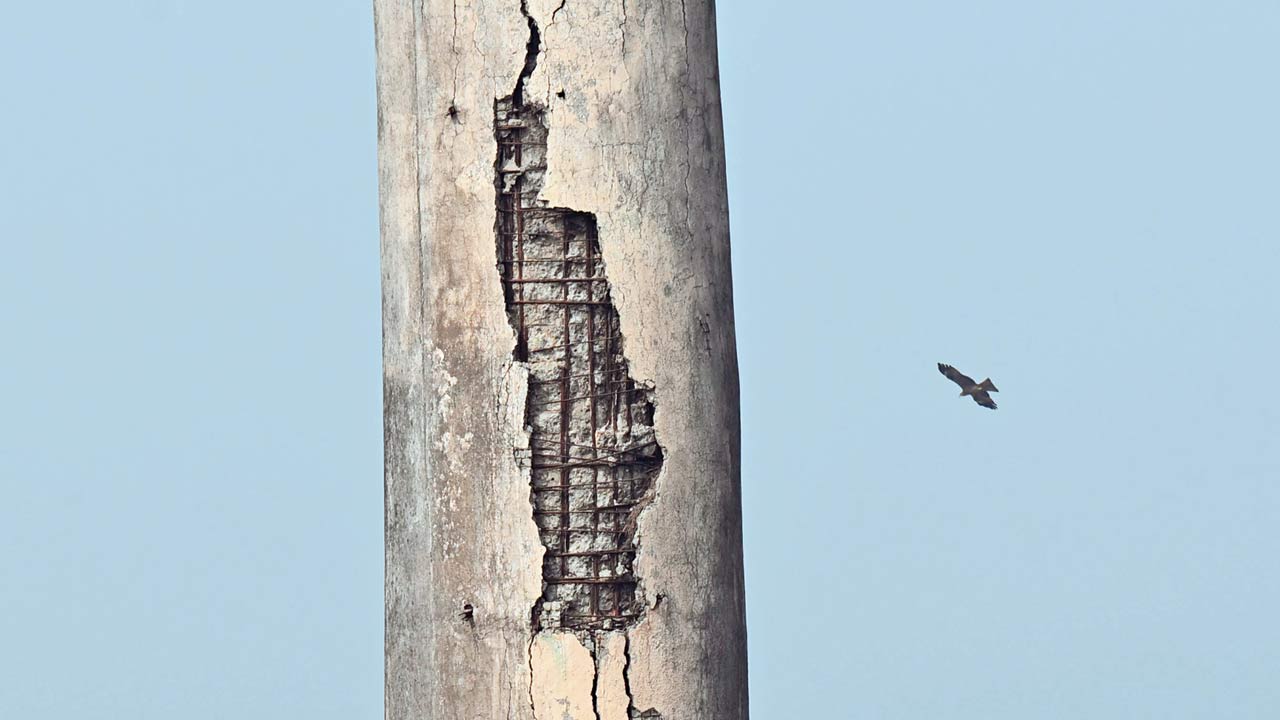
The tender
Dairy officials told mid-day, “As per the state government approval and directives, tenders were floated for the sale of unused plant and machinery. Interestingly, the tender was opened at a higher value than the expected bid price mentioned in the document.”
The bid price for the Worli unit was fixed at R1.32 crores (lakh-delete), and M/s Novitat LLP, who had quoted an offer price of R2.55 crore, won the tender. The Goregaon unit’s bid price was fixed at R1.05 crore, and the highest bidder was M/s Rapti Steel, who had quoted a bid of R1.25 crore. The bid price of the Kurla unit was fixed at R64 lakh and M/s Garib Nawaz Corporation, who had quoted the highest price of R1.30 crore, won the tender.
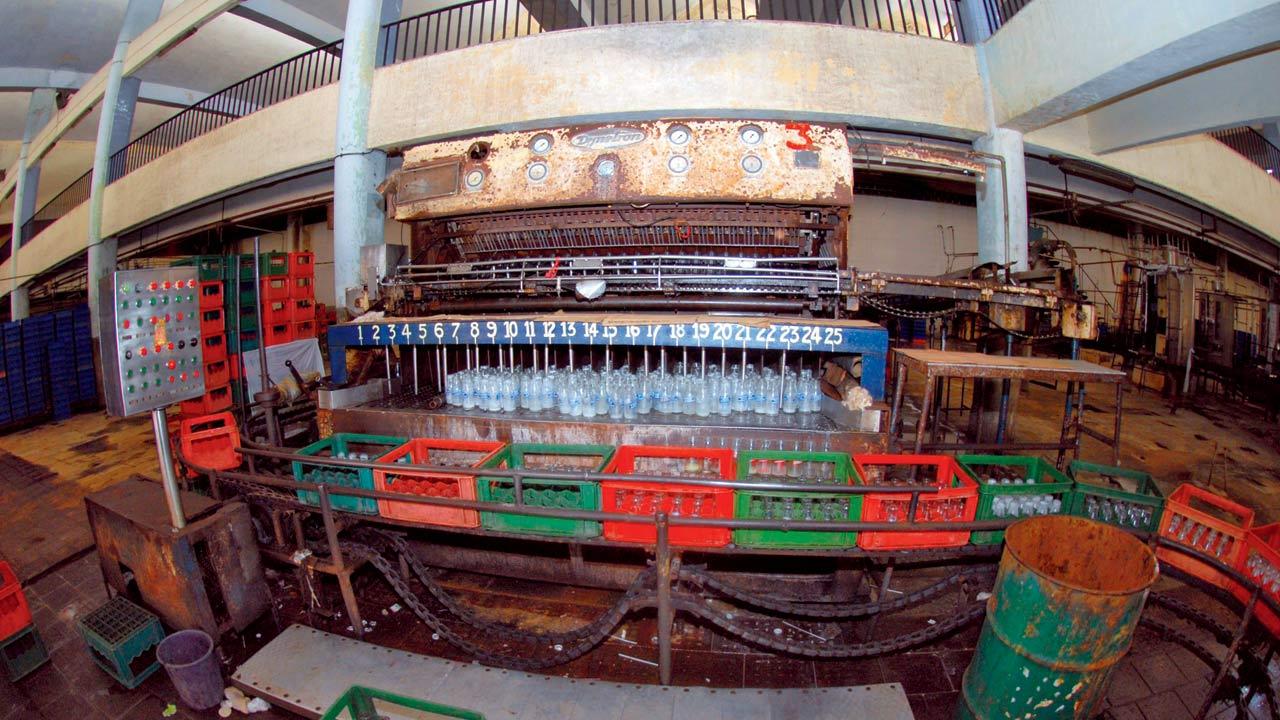
Asked if scrap vendors had been directed to preserve any iconic machine or spare parts in memoriam of the dairy, the official replied, “We haven’t received any such direction from the state government and the entire plants and machinery, as per the tender, need to be scrapped.”
The official added that the sale proceeds of the scrap will be deposited in the Reserve Bank of India, and go to the state government treasury.
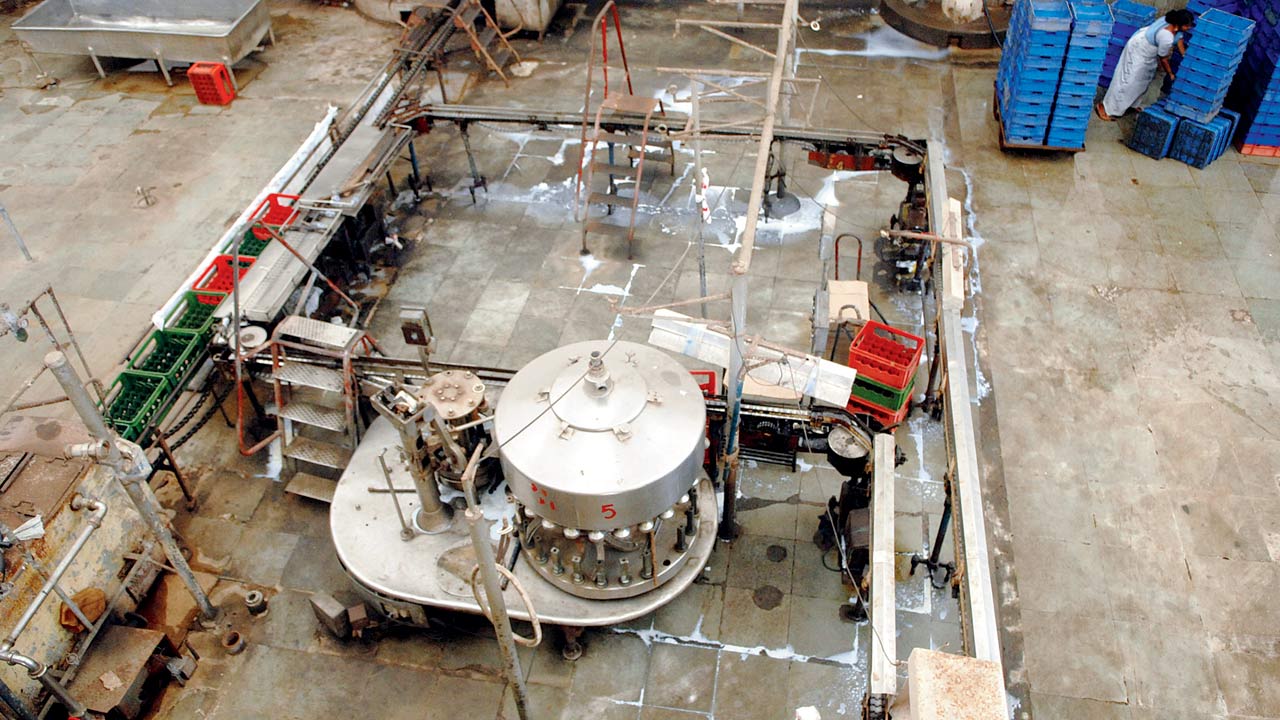
Mother Dairy, Kurla
Rahil Khan, 40, manager at M/s Garib Nawaz Corporation, said, “We have deployed around forty to fifty workers to dismantle, segregate, load and unload the Kurla dairy plant and machinery. Some spare parts were found missing or stolen when we began working a few weeks ago. A police complaint has been made regarding this.”
According to Rahil, the areas surrounding the dairy were covered with thick vegetation, dry grass and tall trees, making it a habitat for snakes, which were spotted inside the plant. “On days when locals thronged the premises to protest the Adani Group being allotted the land for rehabilitating Dharavi slum dwellers, we had no option but to stop work,” he said.
“We had to clear the space, arrange for power, install CCTV cameras and hire additional security personnel before we could start the work,” he added.
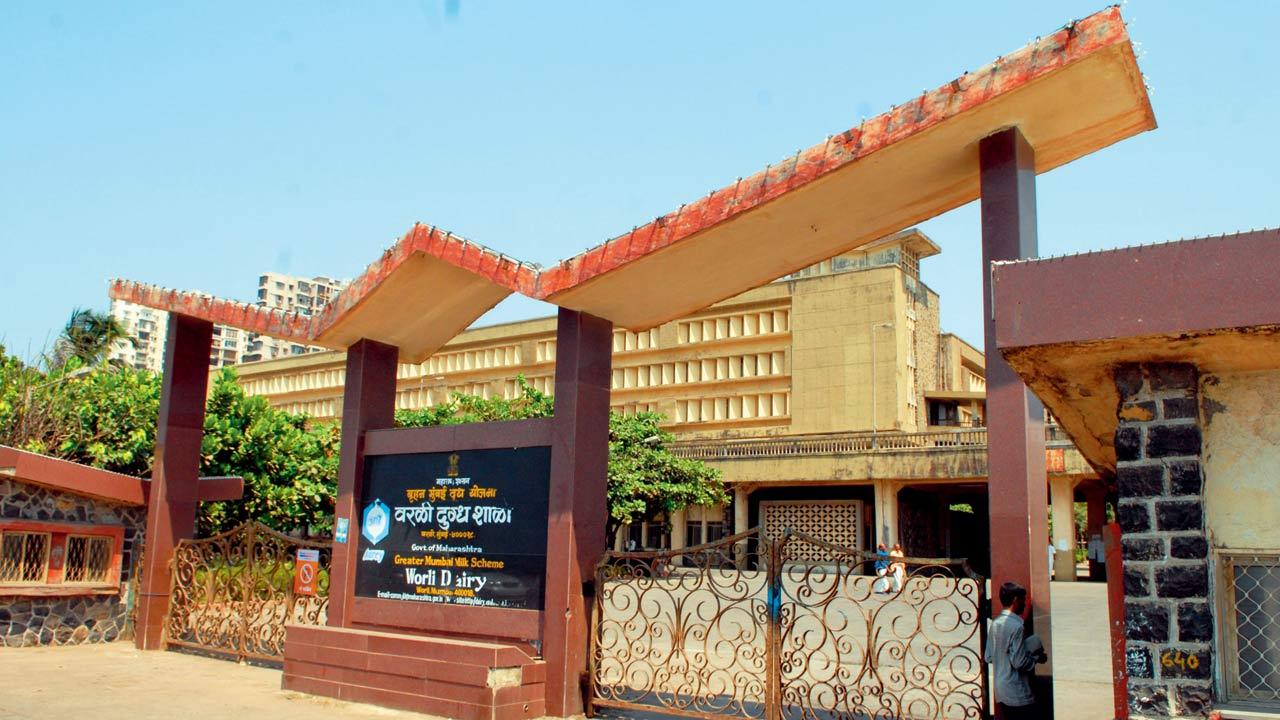 The unit of Aarey dairy, as it was fifteen years ago, opposite Worli Sea Face. File pics/Rane Ashish
The unit of Aarey dairy, as it was fifteen years ago, opposite Worli Sea Face. File pics/Rane Ashish
Vintage machines
Asked to elaborate on the nature of plant and machinery at the dairy, Rahil said, “Most machines were original models, but they all had turned obsolete. We found 15,000-litre milk storage tanks of Swiss make. There were broken milk pasteurisation and cream separator machines, which may have been the best of their kind when the dairy was inaugurated in 1975. Today, they cannot be even sold and put to use elsewhere.”
Asked if they have been asked to preserve any machine or part, Rahil said, “We have kept aside a huge storage tank with ‘Switzerland’ embossed on it and a few machine parts, as requested by the officials.”
He agreed that partial preservation of the dairy would go a long way. “The state government may come up with a dairy museum at Goregaon in the future,” he said.
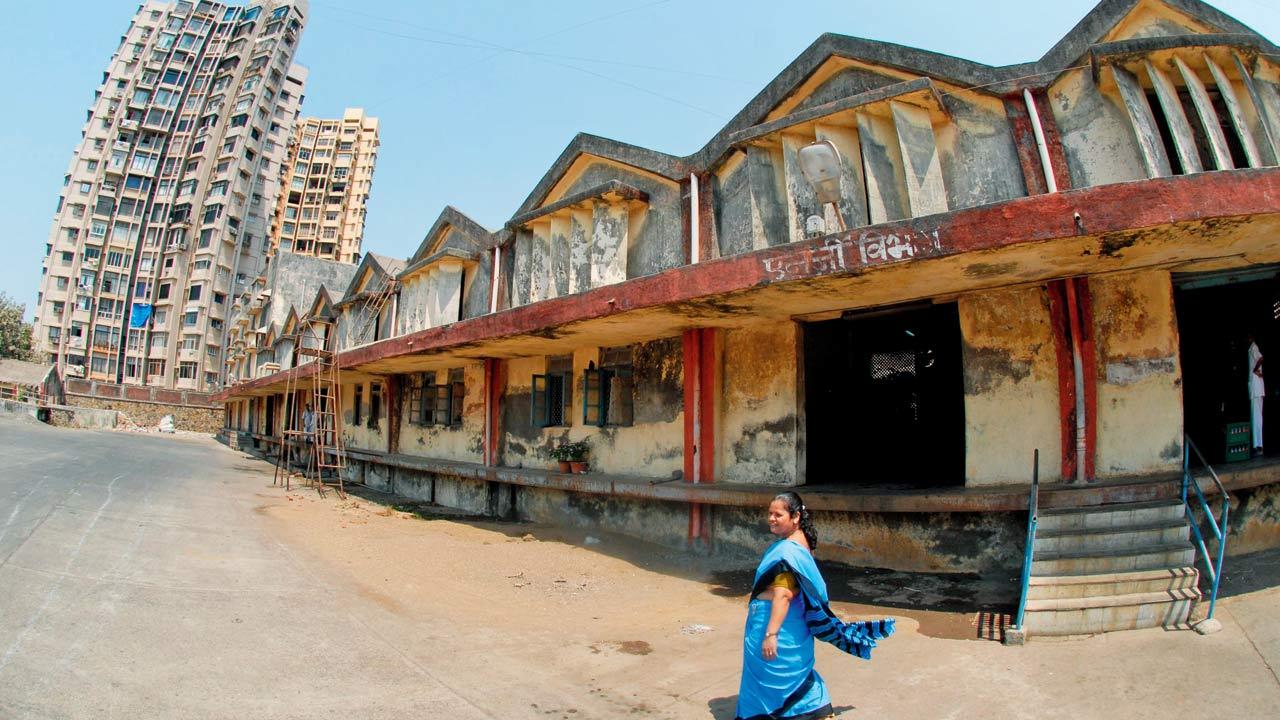
The Goregaon unit
Rizwan Khan, son of Issar Khan, proprietor of Rapti Steel, said, “Around 15-20 labourers are working on an average daily. The authorities have instructed us to carry out the work only during the daytime. The tender is limited only to selling of unused scrap—machines that are obsolete or damaged.”
Asked if they have also been tasked with demolishing the existing building and preserving some vestige for symbolic reasons, he replied in the negative. Of the estimated time it will take to complete the job, Rizwan said, “It may take a few weeks.”
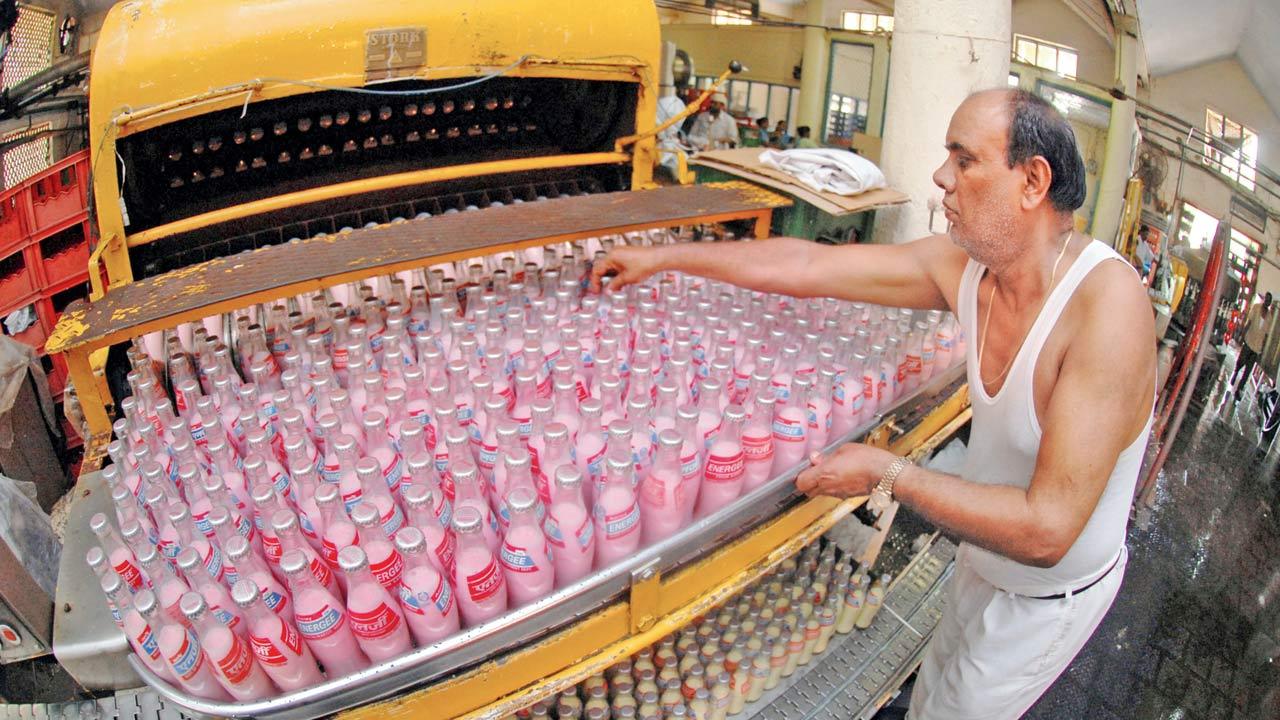 Bottles of the iconic Energee drink at the Worli unit in 2010. File pic/Rane Ashish
Bottles of the iconic Energee drink at the Worli unit in 2010. File pic/Rane Ashish
‘Worli dairy land with UD dept’
A senior official from Mantralaya said that the dairy development and animal husbandry departments had been merged since October 2024 and a single commissioner would handle both the departments, unlike before.
The official confirmed that the tender for selling of the plants and scrap at Goregaon, Kurla and Worli had been floated. “A separate tender will be floated for demolition of the dilapidated structures at an appropriate time,” he said.
Asked if the Worli dairy land still belonged to the dairy department, the officer stated that during the Maha Vikas Aghadi regime, the land was handed over to the BMC, but after the new government came into power, they ensured that the land was taken back. It is now under the urban development department."
 An aerial view of the Kurla unit in 2014. Pics/Atul Kamble
An aerial view of the Kurla unit in 2014. Pics/Atul Kamble
‘Systematic killing’
Since 2011, the dairy supplied only 20,000 litres of milk per day, a figure unheard of in its 45-year history, and operations ceased in 2014.
Insiders alleged that some people in power had a systematic plan to make the dairy a sick unit to grab precious land in Worli, Kurla and Goregaon. They say it all started in 2000, when the state government stopped allocating advertisement budgets running into R100 crore, ceased spending on repairs and maintenance, froze hiring and made it seem that the dairy was overstaffed dairy.
“There were no modernisation schemes or advertising budgets allocated to step up milk production to face the competitive market. All these factors only fuelled the fears of dairy workers. There was a well-planned conspiracy to allow Aarey to die a natural death, which eventually happened,” said Shankar Sutar, a former shift manager at Kurla dairy, who was also union president of Maharashtra State Government Employees Central Confederation (Rajya Sarkari Karmachari Madhyavarti Sanghatana).
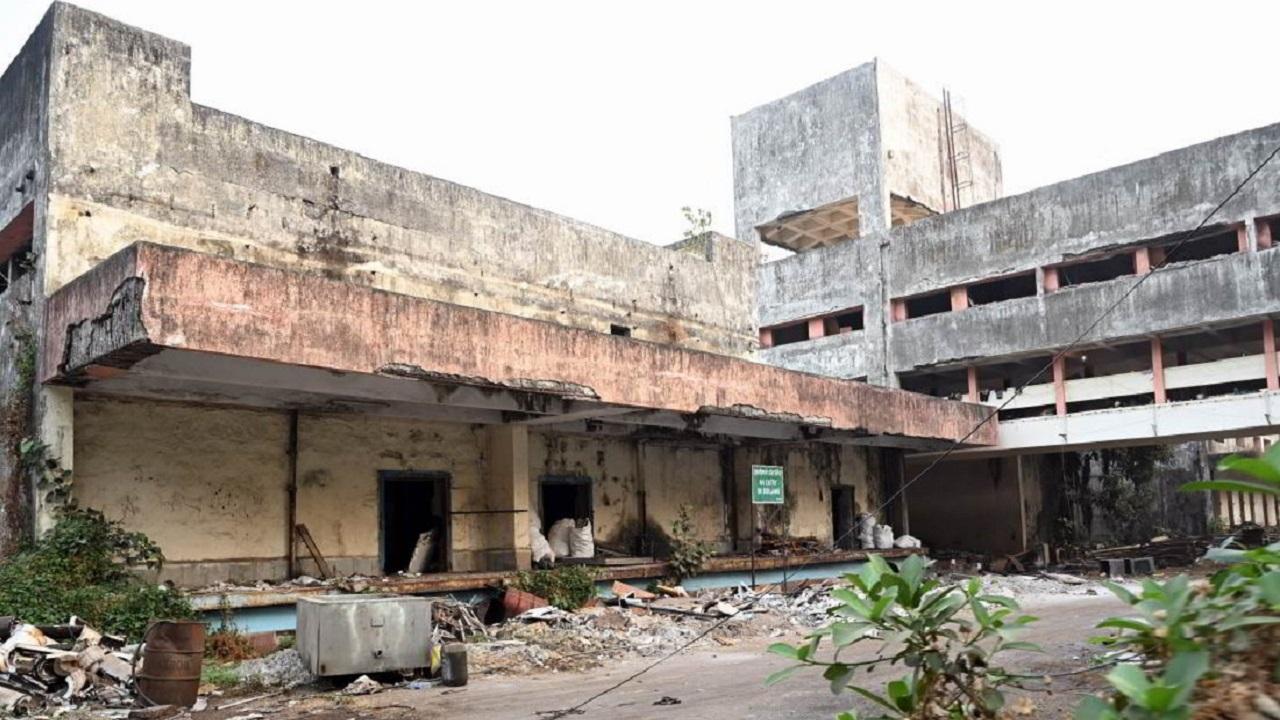
Pic/Satej Shinde
A veritable goldmine
He added, “The closure might mean megabucks for real estate developers eyeing the sprawling Aarey plots at Kurla, Goregaon and, most importantly, Worli Sea Face.”
Former Aarey staffers confirmed that of the three units, the Worli one is a “gold mine” as it is spread on 14 acres of prime land worth thousands of crores. Kurla and Goregaon are spread on 25 acres of land each. The former can fetch a market value of over R1,000 crore while the latter, being in a green zone, cannot be used commercially.

Pic/Satej Shinde
Real estate rating firm reacts
Pankaj Kapoor, founder of Liases Foras, a non-broking real estate research company, said, “No doubt the location of Worli dairy, with its uninterrupted sea view, is nothing less than a gold mine. “Steady price appreciation has been seen in the last few years. The price per square foot of sea-facing land is between R1 lakh and R1.50 lakh; 14 acres of prime dairy land, depending on the usable FSI of 3 or 4 for construction, would easily fetch a price running into anywhere between R6000 to R8000 crore.”
Asked about the dairy land in Kurla, and Goregaon, Kapoor said, “The prevailing per square foot rate in Kurla is approximately R30,000 and above and as the land availability of the unit there is much more than that of the Worli dairy, it is bound to command a greater price. Goregaon, falling under a green zone, may not be easy for exploitation of land, compared to Worli and Kurla,” said Kapoor.
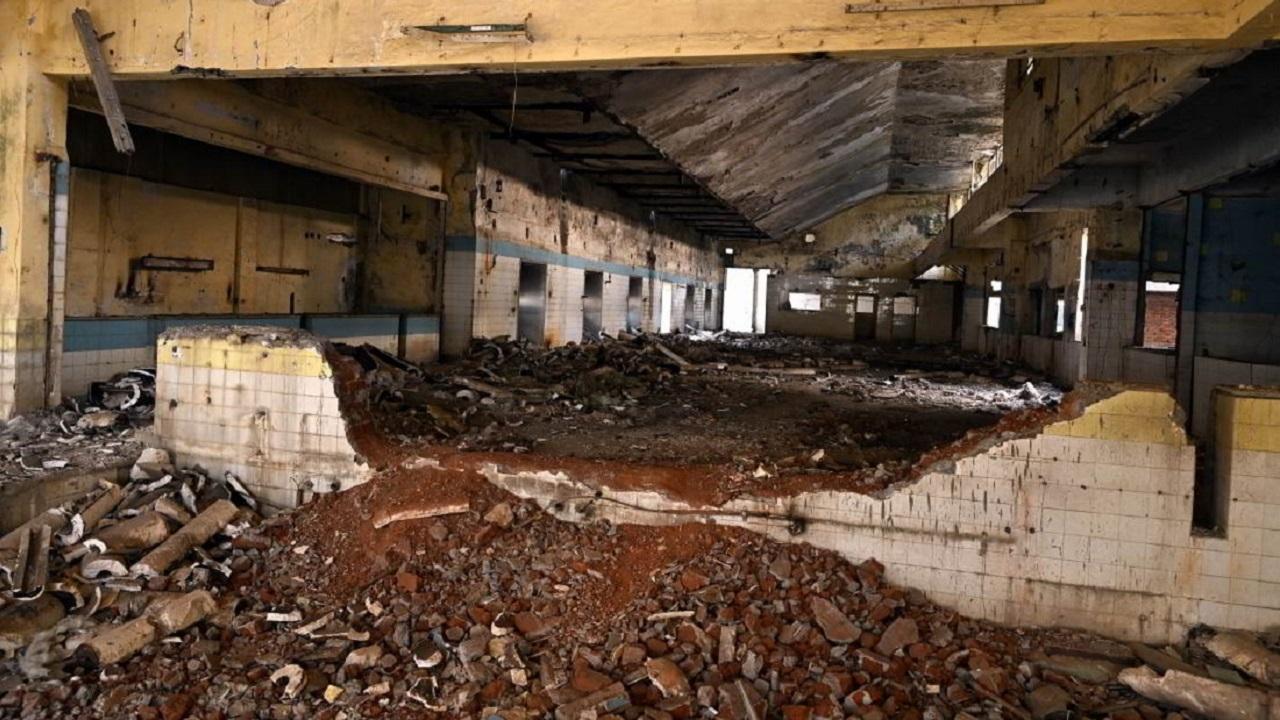
Pic/Satej Shinde
‘Vested interests doomed Aarey
Shirish Virkar, 72, former general manager of Aarey, , said the dairy could have been operational today but politicians with vested interests had doomed it.
He said, “I had mooted the idea to convert dairy into a company and even submitted a detailed proposal to the state government. As per the proposal, all the government had to do was provide financial assistance of R100 crore as capital. The proposal even stated that the entire amount would be returned to the government within five years. This way, Aarey would have been financially independent, as it had both the ‘brand and market demand’. But my proposal was put in cold storage, as the government was not interested in reviving Aarey and was keen to see it die a natural death.”
Virkar added, “It would have been still feasible to sell some of the machinery, which could have still fetched a good price for the exchequer, rather than giving it out at scrap.”
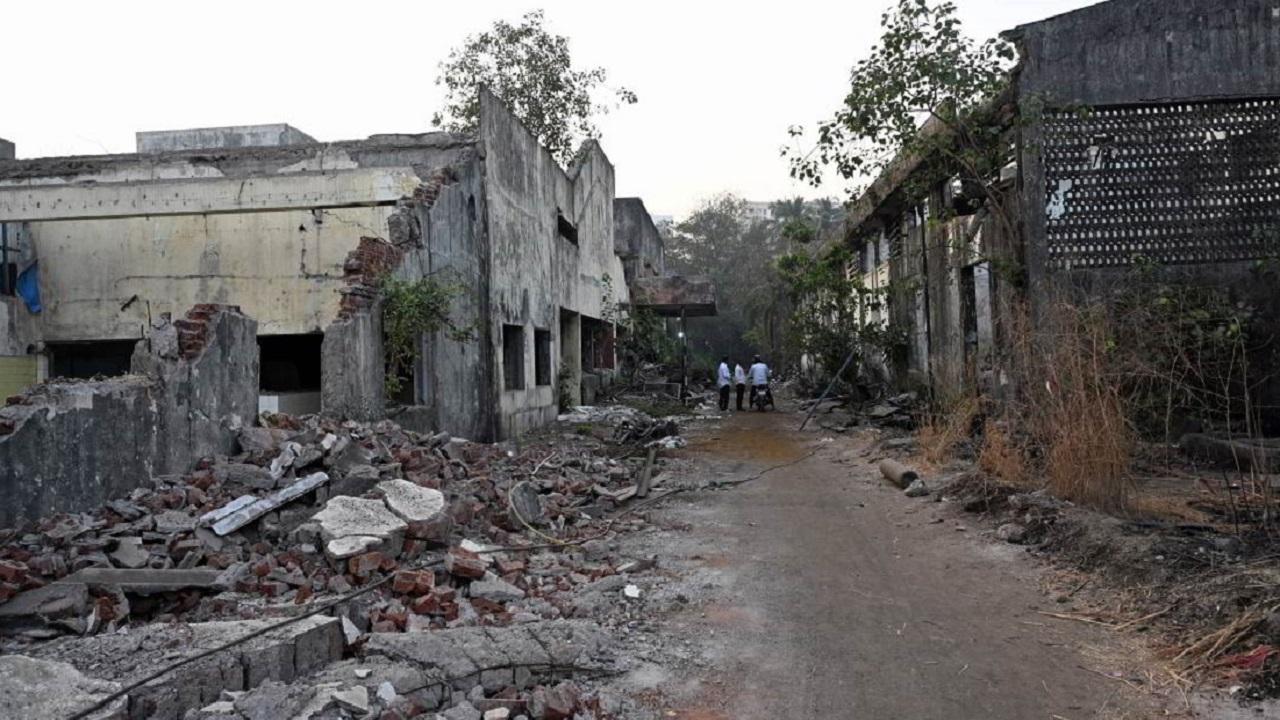
Pic/Satej Shinde
‘Dairy can still be revived’
Virkar expressed confidence that Aarey could be revived, provided the state government enters into a commercial venture and hires the service of the right person who understands Aarey and the market sentiments. “Even with outsourcing the entire milk production to a third party, by merely using 'Aarey', the brand can be kept alive and turned around,” he said.
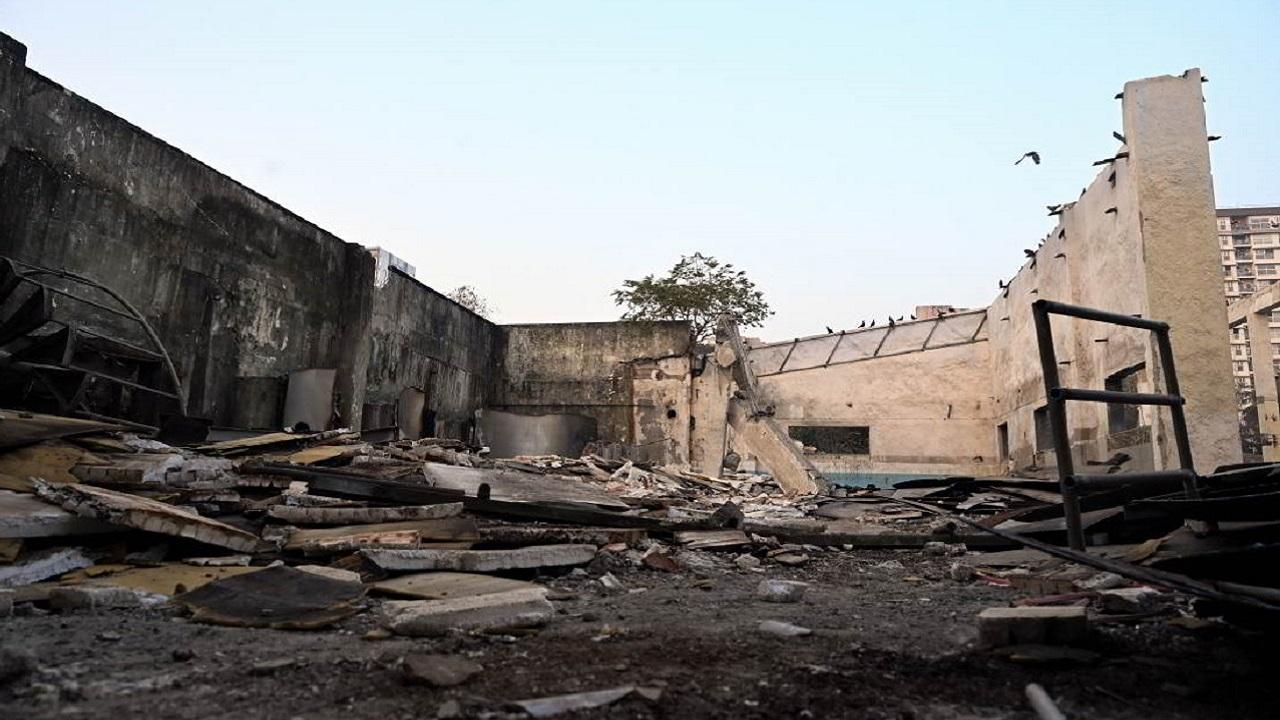
Energee crisis
The iconic Energee drink, then called government milk, came into existence in 1965 and was marketed by MAFCO. The government had imported semi-automatic machinery from the Netherlands at the Worli dairy to produce it. The brand’s problems started after the dairy tendered out procurement of bottles to Hindustan Glassware in October 2009, instead of the original supplier, Mahalakshmi Glassware. Hindustan Glassware was expected to manufacture three lakh non-disposable bottles, but the 10,000-odd bottles delivered in the first lot were not as per specifications, and the production was halted. The bottles were expected to be airtight but were found unsatisfactory during the sealing process.
“Energee is sterilised milk with no preservatives. Therefore, sealing was of utmost importance to prevent it from getting spoiled,” said a former Worli dairy official. “The irony is that a machine that had a capacity to fill 12,000 bottles per hour was always underutilised,” he said.
The government had proposed to start another bottling plant at the Kurla dairy in the 1980s. The plant had even started production, but the building collapsed and the machinery was damaged beyond repair. A fact-finding committee was formed, but nothing came out of it.
Meanwhile, the Amsterdam-based manufacturer had stopped making such machines. “It was always our mechanics who carried out all repairs,” the official said.
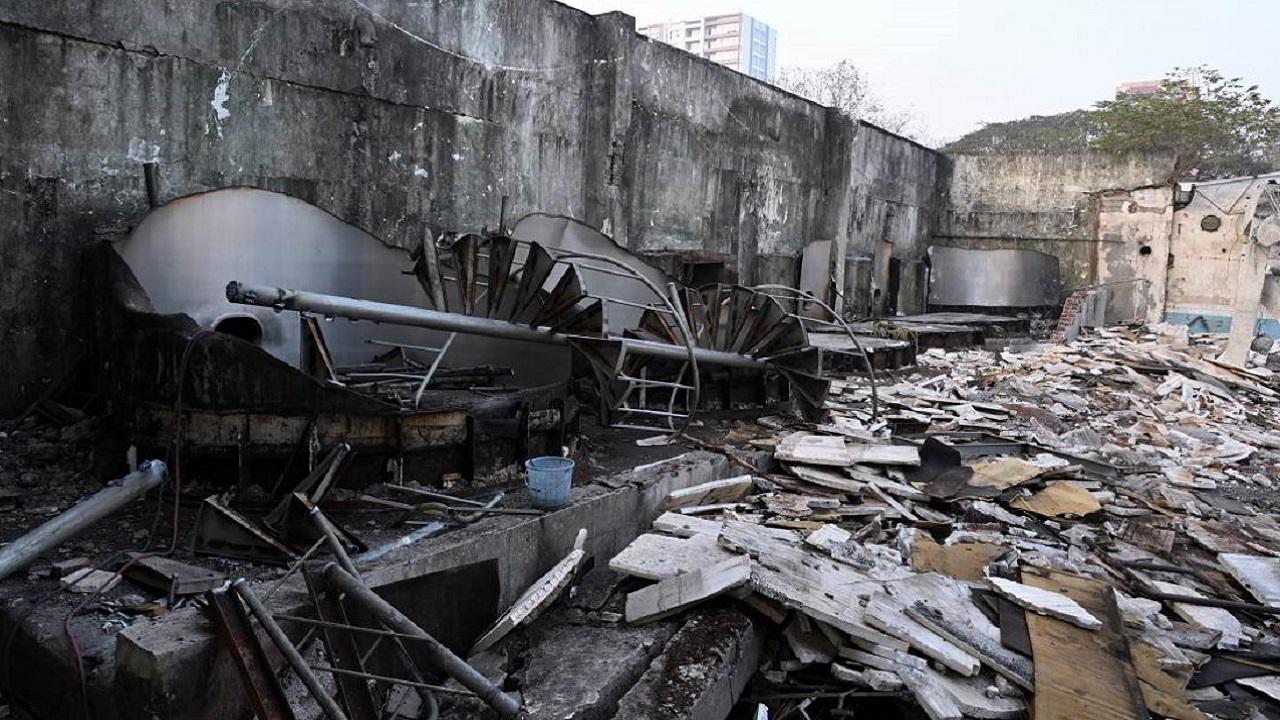
Pic/Satej Shinde
Attempts to sell Energee in smaller, disposable bottles through a public-private partnership with Pune-based Sheetal Arch since 2009 also did not last long.
Roger C B Pereira, 85, former CEO and managing director of R&PM Edelman and the man behind the name ‘Energee’, said, “Instead of scrapping the Energee plant, which was imported from the Netherlands, the government could have archived it for future generations, like other known monumental, historic structures and plaques. They could even have set up a dairy museum, at each of the three locations where a dairy stood tall once.”
Pereira feels the drink could be a profitable brand even today, only because of loyal consumers. “The dairy department could have outsourced production to a large private player in the market, bringing in a much-required turnaround. Mumbai still has a huge market for Energee.”
ENERGEE drink Flashback
ENERGEE came into existence in 1965 (then called government milk), and was marketed by MAFCO. The government had imported semi-automatic machinery from the Netherlands at the Worli Dairy. The problems started after the dairy tendered out procurement of bottles to Hindustan Glassware in October 2009, instead of the original suppliers, Mahalakshmi Glassware. Hindustan Glassware was expected to manufacture 3 lakh non disposable bottles for ENERGEE, but the 10,000 odd bottles they delivered in the first lot, were not as per specifications, and the production was halted. The bottles were expected to be airtight, but were found unsatisfactory during the sealing process.
"ENERGEE being a sterilised milk with no preservatives, and therefore the sealing was of utmost importance to prevent it from getting spoiled," said an official, who worked at the Worli dairy. The irony is that the machine that had a capacity to fill in 12,000 bottles per hour has always been underutilised.
The government had proposed to start another bottling plant at Aarey’s Kurla dairy in the 1980s. The plant had even started production, but the building collapsed, and the machinery was damaged beyond repair. A fact-finding committee was formed, but nothing came out of it.
The Amsterdam-based manufacturer had stopped making such machines. "It was always our mechanics who carried out all repairs, because of which it is still operational; or it would have shut down long ago," a dairy official informed.
Attempts to sell Energee through a Public-Private partnership by Pune based Sheetal Arch, in smaller disposable bottle of 200ml, since 2009, also did not last long.
The man who gave the name ‘Energee’ to Aarey
Roger C B Pereira (85), former CEO and Managing Director of R&PM Edelman is the man responsible for giving Aarey the popular brand name ‘ENERGEE’ way back in 1981, was then running an advertising agency by name of Shilpi Advertising Limited. He was then CEO & Director of Shilpi Advertising Ltd.
How the name came up
It was during a brainstorming session his colleague Cyrus Bharucha had suggested the name ‘ENERGY’ which was not approved by the Trade Mark registrar as the name was in the dictionary. It was Pereira who then decided to misspell the name from ‘ENERGY’ to ‘ENERGEE’ and it was finally approved.
The birth of ENERGEE-
Pereira recalled, that the first chief minister of Maharashtra Yashwantrao Chavan was then the defence minister and was the chief guest for an award function organized at Gujarat Bhavan, Ahmedabad, where Pereira was felicitated by then Gujarat governor Ms. Sharda Mukherjee (wife of late first Indian Air Marshal Mukherjee), for successfully championing entrepreneurial development in Gujarat. Chavan approached Pereira and connected him to Vasantdada Patil, then Chief Minister of Maharashtra and V Srinivasan, then Secretary, Agriculture and Dairy Development,he discussed that their government milk (ENERGEE later on) was not capturing market since its launch 15 years ago.
Then State Secretary for Agriculture and Dairy V Srinivasan visited Pereira in his Ballard Estate office and discussed in length about the government milk, the plant and machinery had a capacity of manufacturing 93,000 bottles of milk daily but they were struggling to sell even 7000 bottles a day. The government was then selling the milk at 75 paise per bottle against Thumbs Up which was being sold for Rs 1.25 per bottle, said Pereira.
Interestingly the government milk had no brand name then. It was Pereira who asked Srinivasan if he knew any child in the world without a name, and when he replied in negative, Pereira insisted on giving a name to the government milk. Srinivasan was interested to know why soft drinks were being sold more than milk which otherwise is good for health; Pereira informed that it was due to the power of branding.
As per the brand exercise, all the 16,000 odd bottles were put in thrash and it was decided to give the bottle a look similar to soft drink bottles and the current bottle developed. The name ‘Energee’ was approved in January 1981 and the new market launch of Energee was done on March 17 1981 (Gudi Padva day) and within a month the sale figures crossed 93,000 bottles per day. It later became a Havard case study. A brand, which enjoyed its success even after close to two decades.
Pereira is upset on learning the plight of dairy, today. “Srinivasan wanted to make ‘ENERGEE’ a national drink and aimed to make it available all over the country, but as good bureaucrats are never wanted, he was transferred to the World Bank and the government did not do anything for promoting ENERGEE. The problem of the diary collapsing and shut was a man-made disaster,” said Pereira.
Flash back – untold story of Aarey
Aarey Milk Colony, Goregaon though established in 1949, this was the first dairy to start under the Bombay Milk Scheme, inaugurated by first Prime Minister Pandit Jawaharlal Nehru in 1951, the year when the dairy became operational, followed by Kurla (Mother Dairy) set up using funds given by UNICEF and Worli Dairy, Virkar recalled.
There are many first, attached to the Dairy, which people today may not be aware about- A Global tender was floated in Washington DC for procurement of machinery for Aarey, during its inspection. Aarey was the first dairy in entire Asia to have its own bottling plant, pasteurization plant etc. The flavored milk, which later popularly was known as ‘ENERGEE’, machine was imported from Amsterdam based manufacturing company in Netherlands. Almost a decade later, when the company representative visited the ENERGEE plant in Worli Dairy, still functional, he was shocked, as the estimated life of the machine was to be 10 years, and that the company had already stopped production of the machine.
Unanswered question by Suresh Patil, who worked for 37 years at the Worli dairy as a technologist
1) Was any feasibility study conducted to ascertain if the dairy machines were actually obsolete?
2) How was the reserved price for each dairy arrived at?
3) A liquid ammonia plant was purchased in 2012 at the Goregaon dairy for approximately R90 lakh. This machine was never used, so why was it scrapped?
 Subscribe today by clicking the link and stay updated with the latest news!" Click here!
Subscribe today by clicking the link and stay updated with the latest news!" Click here!










